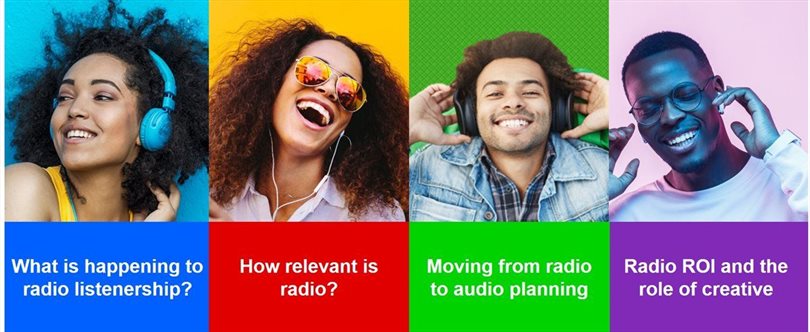
Top stories


Logistics & TransportIata urges global safeguards for aircraft systems as 5G/6G rollout continues
18 hours

AgricultureAgricultural exports from Africa are not doing well. Four ways to change that
Lilac Nachum 19 hours



There’s no denying that the Covid-19 pandemic has influenced consumer media behaviour, with more time spent at home meaning more at-home media consumption. But now as lockdown levels lift, brands are wondering how sticky these trends are likely to be in the future.
Kantar’s Covid-19 Barometer study of connected consumers’ media habits, behaviours and general sentiment in South Africa was conducted in eight waves from the beginning of lockdown in March to August 2020. It reveals that consumers’ media consumption behaviours have indeed changed, with an average increase in claimed media consumption up 24% in March and 38% at the start of May as we went into the peak of the pandemic locally.
This doesn’t mean more people turned to media than before as the number of consumers engaging with different media is relatively the same – it’s frequency rather than reach, as the time spent engaging across media platforms increased, from internet surfing on on-demand streaming of podcasts as we spent the bulk of our time at home in the earlier parts of lockdown.
Encouragingly, even in August as the more severe lockdown restrictions fell away, the average percentage increase of claimed media consumption was 43%. Looking at the stickiness of these trends, the peak to end-August shows how consumers’ consumption patterns are now changing back to largely what they were like before the pandemic hit, except for radio and online streaming.
This jump in media consumption makes frequency a hugely important consideration when planning campaigns across platforms, the sheer amount of consumer engagement right now means there’s a real chance of overextending and wearing out the creative faster than before.
That said, studies show that ad-viewing behaviour and skip rates on YouTube and Facebook are much the same now as before the pandemic struck. So, while lots of things have changed, many have stayed the same. We need to think about overall consumer fatigue as they’re consuming 34% more media than previously, so we think of synergies to maximise overall ROI. In particular, high levels of frequency across campaigns enables radio to build strong connections with consumers.
Where audio consumption patterns have changed has largely been from commute drive-time shows to longer listening blocks. Kantar’s CrossMedia database, delving into R2.4bn in campaign spend based on average reach and frequency across delivery of each touchpoint, proves radio remains king of reach. No other touchpoint offers this level of frequency, giving brands the ability to create connections with consumers by telling them wonderful stories that resonate.
In addition, radio delivers unique audiences, with the South African CrossMedia database showing 9,5% incremental reach from radio in 2019/2020 as the medium continues to grow despite the proliferation of TV channels and content-sourcing platforms. Often, radio is much more expensive than TV for every 1% audience reached, but radio offers less wastage as its largely local or regional structure means brands can focus on key marketing areas. Given the number of vernacular stations, this means brands can target their consumers in their own language at a much lower cost than TV.
So, the winning formula is ‘TV + radio’, as it’s time to think of those unique audiences working together rather than as an either-or scenario. Looking at the value of radio and digital in audio planning across categories of retail, auto, finance and FMCG, radio works well with digital to deliver higher levels of unique reach, offering additional campaign frequency at a very effective rate.
Now, as the industry starts to think of video rather than platforms, it’s time to do the same with audio – it’s more than just ‘traditional radio’ or ‘digital sound’, as that’s where the true value of the medium lies. Looking at the ROI of radio in particular in driving sales and brand in South Africa, it becomes clear that the biggest downfall of radio in a media plan is the creative aspect, with Kantar’s Creative Database proving great radio creative usually under-indexes against TV and print. But even weak radio creative is not as unproductive as weak creative in other media and works differently across different categories.
Get it right and radio advertising can effectively drive awareness in personal care FMCG, while going beyond mere brand uplift in auto, tech and telecommunication categories and over-indexing on motivation for auto brands. Done well, radio advertising also boosts call-to-action intentions of consideration, favourability and ‘likelihood to do business’ in finance categories.
Looking to the future, digital is clearly more than just a value-add and radio is still relevant. Brands just need to take the time to optimise their radio creative into a true brand-building block.
Reach out over email with any questions and stock up on updates and insights to help your brand manage the effects of Covid-19 and prepare for the future on our Covid-19 page. Follow us on Kantar LinkedIn and Twitter to keep up to date with our comms, and stay safe!
